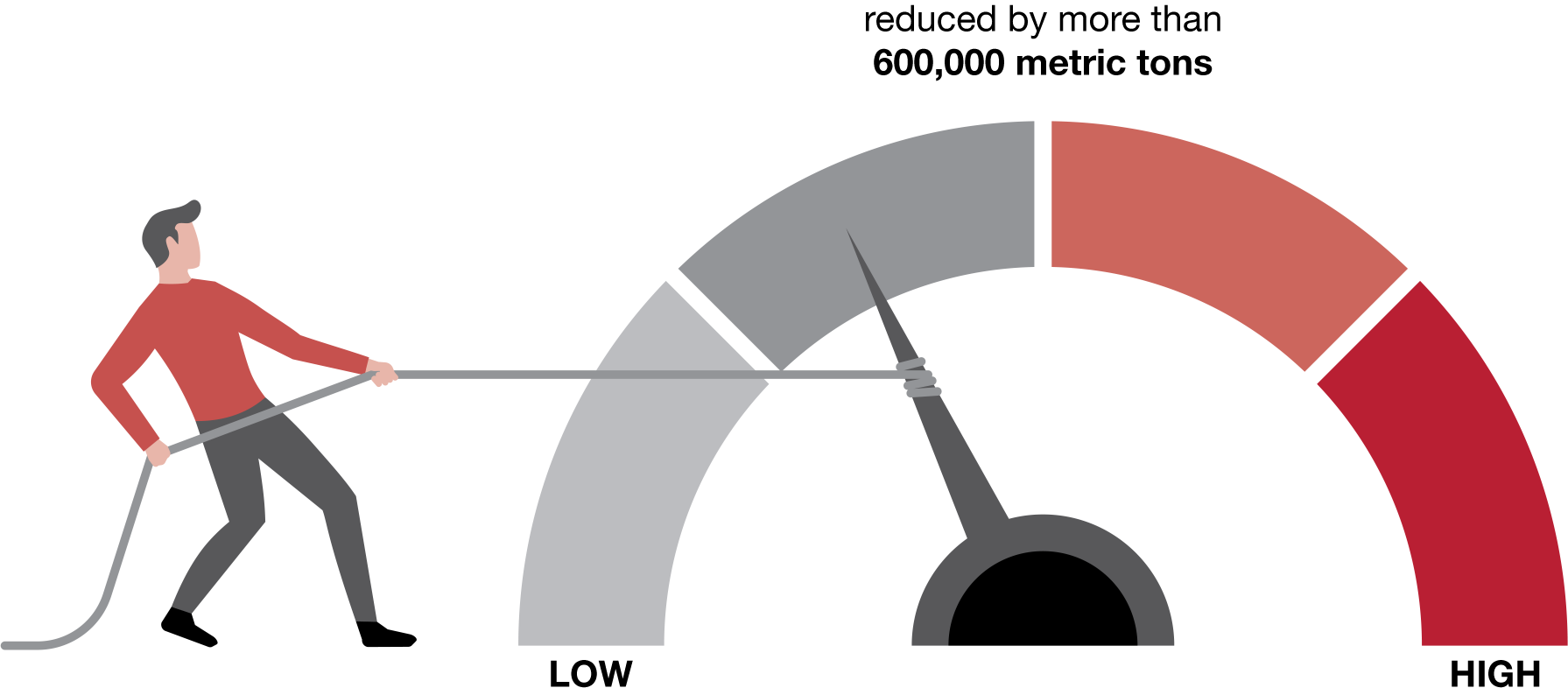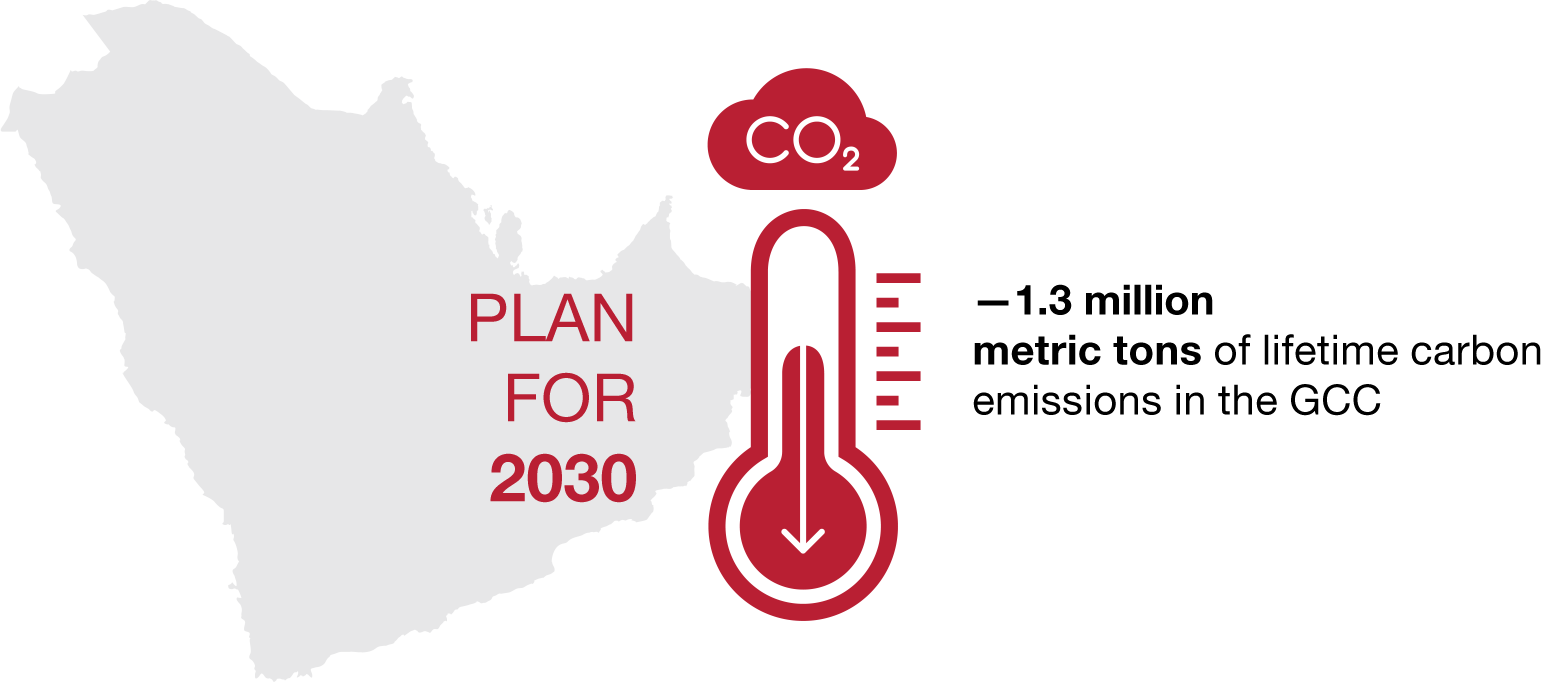{{item.title}}

The Middle East is experiencing a cultural renaissance; people are attending more concerts, movies, and theater performances, and visiting more museums. In particular, public investment in arts and culture is rising sharply in the GCC countries. The scale of change could attract foreign direct investment (FDI) into flourishing of the region as an arts and culture destination for citizens, residents, and visitors.
Given the region’s ambitious net-zero agendas, GCC cultural leaders have an opportunity to bring culture and sustainability together. These countries could become global pioneers of incorporating sustainability into culture, so the arts contribute to environmental preservation and social inclusion.
GCC countries could cut lifetime carbon emissions by at least 1.3 million metric tons (equivalent to removing 320,000 cars from the road for one year) if they build all cultural assets planned until 2030 sustainably. Similarly, these countries could reduce emissions of greenhouse gases (GHGs) by more than 600,000 metric tons annually if they were to host all their planned cultural events and film productions in a more sustainable manner.
Benefits of incorporating ESG principles into culture
Annual GHG emissions reduced through sustainable events and film production in the GCC
In culture terms, that means supporting local communities and encouraging artists to bring together culture, the environment, and social inclusion. It means preserving heritage sites and making arts and crafts widely accessible. Cultural leaders should ensure that cultural assets and programs are sustainable and that they provide support to artists and the local communities. That could result in higher returns on investment, such as savings of US$14 billion through sustainable construction of all cultural assets planned until 2030, an important contribution to meeting net-zero emissions targets; job creation; and attractive tourism destinations and events.
Lifetime GHG emissions reduced through sustainable development of cultural assets in the GCC planned until 2030
GCC cultural leaders can set a global example by integrating leading practices and the most exacting sustainability standards into their cultural infrastructure and events.
Governments and financial authorities need to provide easy and convenient ways for investors to inject money into cultural opportunities.
Cultural leaders can promote social inclusion by working closely with communities to develop cultural assets, which leads to physical regeneration, sustainable growth, and job creation.
The combination of culture and sustainability is a means for governments to encourage the development of the arts in the GCC, through various forms of support for the artists (e.g., minimum daily and hourly wages, incentive packages, stipends, discounted rents).
Governments can help the arts through legislation, such as to help artists retain control over their creations.
GCC governments could allocate funds to projects that encourage creative approaches to region-specific issues such as the desert climate and the water shortage.
Leaders can invest in cultural offerings in small and remote population centers. They can spread culture to these areas through partnerships with regional authorities and cultural organizations.
Cultural leaders can use technology to document, record, and research the region’s heritage, thereby bridging the gap between generations and educating people about their culture. GCC countries can also use technology to preserve physical monuments and explore them for more heritage.
The GCC countries are experiencing a remarkable cultural renaissance. For cultural leaders, this burgeoning cultural scene offers a unique opportunity to put the region in the global vanguard by bringing together culture and sustainability. The culture sector can make an important contribution to reducing emissions while proposing solutions to some of the difficult problems that affect the region.







Menu